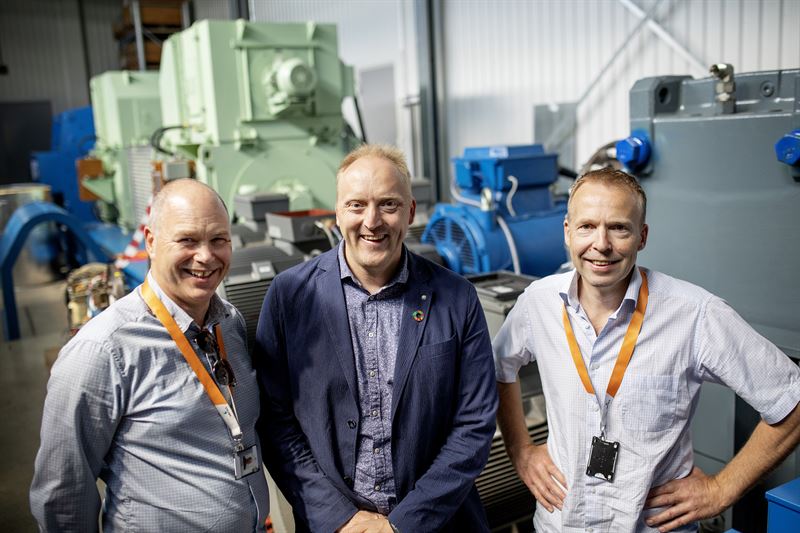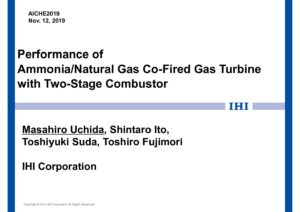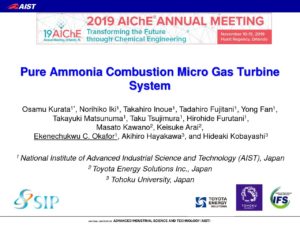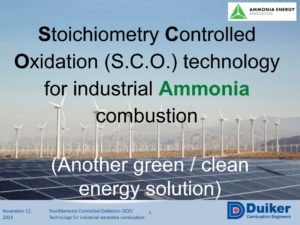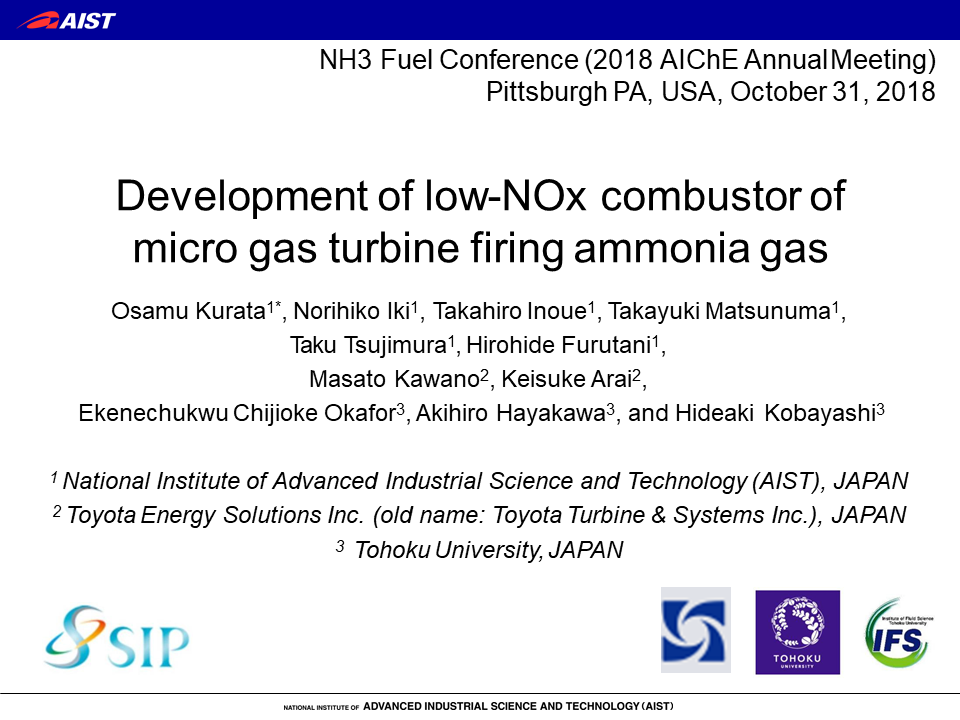Wärtsilä, Repsol, and Knutsen to test ammonia four-stroke engine
This week, engine manufacturer Wärtsilä announced “the world’s first long term, full-scale, testing of ammonia as a fuel in a marine four-stroke combustion engine.” The project will begin in the first quarter of 2021, at the Sustainable Energy Catapult Centre’s testing facilities at Stord, Norway. It is supported by a NOK 20 million (USD 2 million) grant from the Norwegian Research Council.
